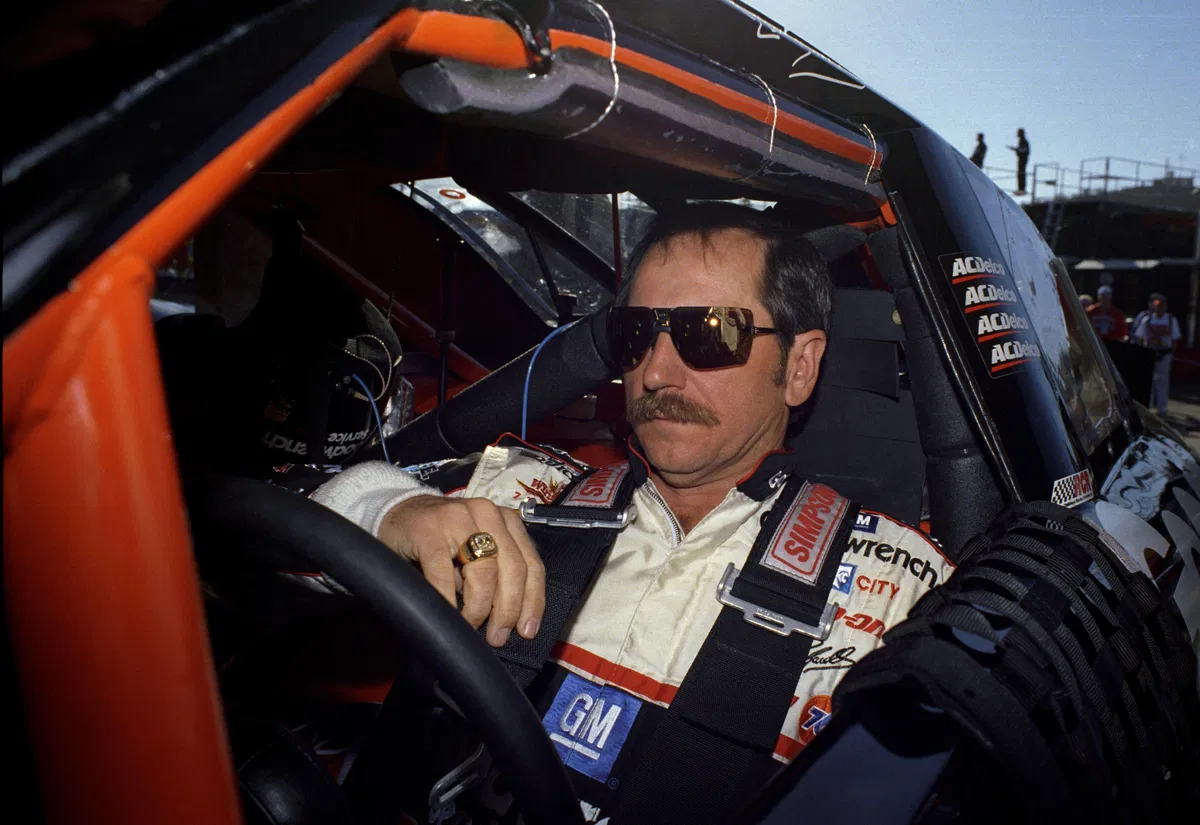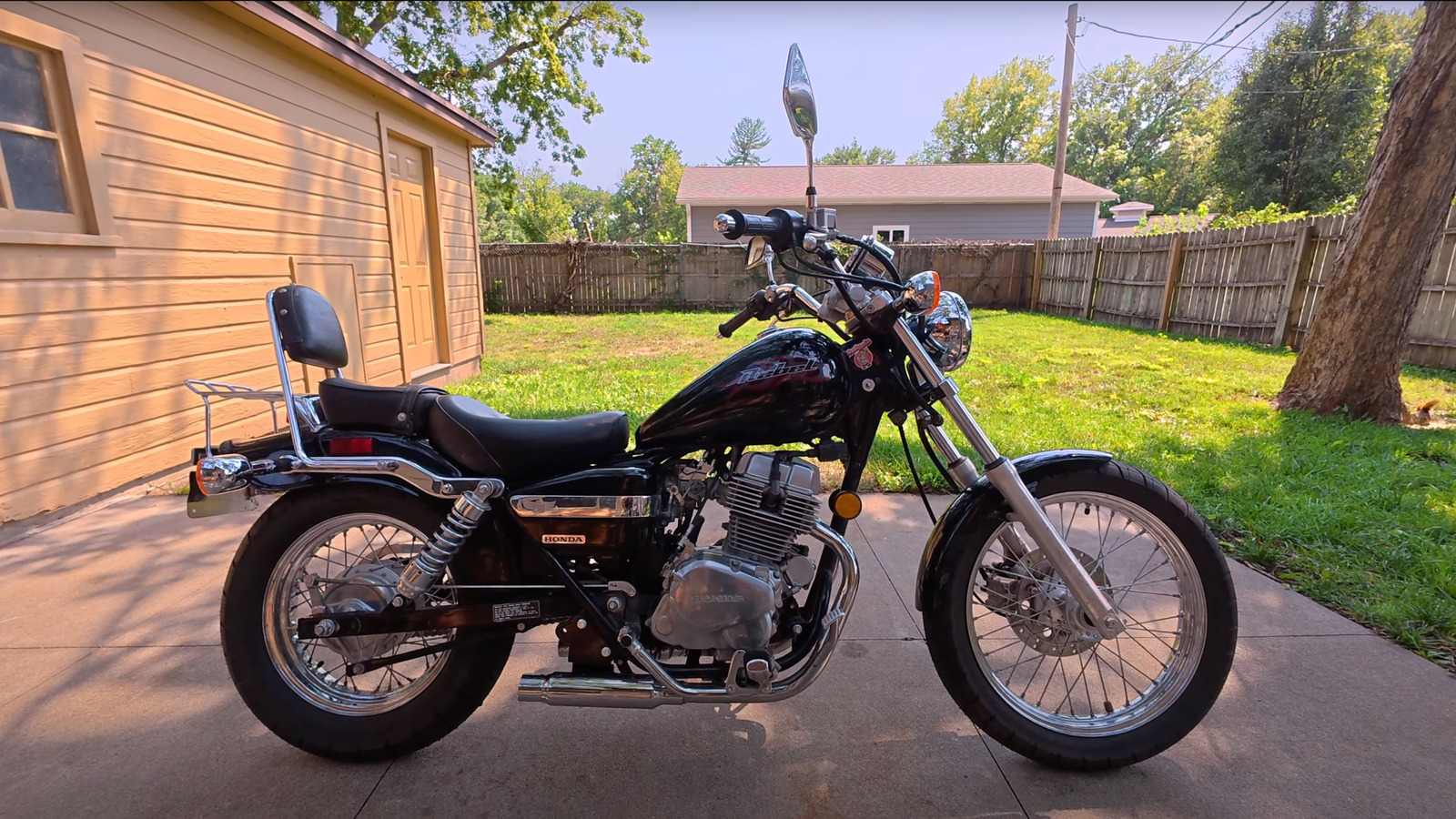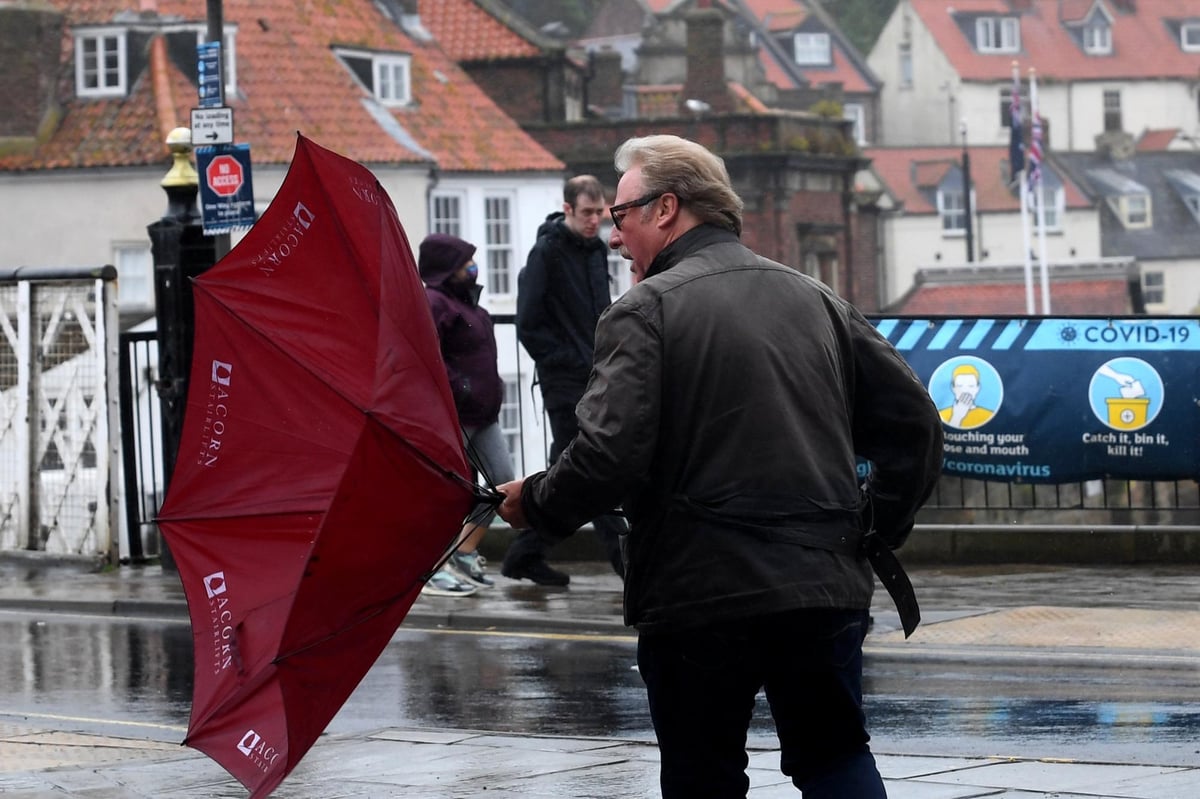
In the high-speed world of NASCAR, superstition is often intertwined with strategy. A chilling example occurred in 1960 during the Southern 500 at Darlington Raceway. Crew chief Paul McDuffle, known for his meticulous nature, wore green socks to the race, a color considered bad luck in the NASCAR community. Tragically, McDuffle was killed in a pit road accident during the race, and his green socks became a symbol of the sport’s deep-seated superstitions. Amidst these traditions, one team owner’s unique approach to superstition in NASCAR stands out.
As a co-owner of Mach 1 Racing with actor Burt Reynolds, Hal Needham brought his cinematic flair into the sport. The team’s signature ‘Skoal Bandit’ car, driven by Harry Gant, became an iconic symbol of the 1980s NASCAR era. His tenure in NASCAR was marked by a blend of entertainment and engineering, leaving a lasting impact on the sport’s culture and technology. But one incident refuses to leave the minds of fans.
ADVERTISEMENT
Article continues below this ad
The strange rituals of NASCAR’s past with Hal Needham
In the world of NASCAR, where speed and strategy dominate, Hal Needham, a renowned Hollywood stuntman and film director, introduced an unconventional approach to racing. As a co-owner of the No. 33 Skoal Bandit team alongside actor Burt Reynolds, Needham sought innovative ways to boost his driver Harry Gant’s performance. One such method was a semi-serious voodoo ritual conducted during the 1984 season at North Wilkesboro Speedway.
This ritual involved burning a candle beneath two voodoo dolls, one representing Gant and the other his competitors, including Terry Labonte, Dale Earnhardt, and Darrell Waltrip. “We’re lighting these candles so that the smoke, the spirits, will be absorbed into the dolls. The red candle and doll and black cat exert an evil influence,” he said. The ceremony, though lighthearted, was a testament to Needham’s creative mindset and his willingness to explore unconventional avenues to gain a competitive edge.
ADVERTISEMENT
Article continues below this ad
The voodoo ceremony took place in the garage area, where Needham produced two dolls and candles he had acquired from a Los Angeles occult shop. The red doll bore the numbers of Labonte, Waltrip, and Earnhardt, symbolizing his desire to bring misfortune to these competitors. In contrast, the white doll represented Gant’s number, with the intention of bringing him good luck.
Under the red doll, Needham placed a red candle in the shape of a man and a black candle in the form of a cat, which he believed would exert an evil influence. Under the white doll, a white candle in the shape of a man was placed. Needham explained that the smoke from the candles would be absorbed into the dolls, channeling spirits to influence the race outcomes.
Read Top Stories First From EssentiallySports
Click here and check box next to EssentiallySports
However, in the 1984 Holly Farms 400 race, Needham’s unconventional pre-race ritual did not yield the desired effect for his driver. Despite the mystical efforts, Gant finished second, trailing Darrell Waltrip, who led 168 laps and secured the victory in his Chevrolet. Gant completed 400 laps but did not lead any, while Waltrip’s performance was dominant throughout this race, proving Needham wrong.
Hal Needham’s foray into NASCAR ownership was marked by his innovative and creative approaches. Beyond the voodoo ritual, Needham was known for his efforts to bring Hollywood flair to the racing world. His background as a stuntman and director influenced his perspective on racing, leading him to implement unconventional strategies and foster a unique team culture.
His efforts in enhancing the safety and effectiveness of stunt work earned him recognition and awards, including a Scientific and Engineering Award from the Academy of Motion Picture Arts and Sciences in 1986. And it was a memorable journey from there on.
Hal Needham’s legacy behind and in front of the camera
Hal Needham’s journey into Hollywood began with a fearless spirit and a passion for daredevilry. After serving as a paratrooper in the Korean War, he transitioned into stunt work, quickly establishing himself as one of the industry’s top performers. His early roles included doubling for actors like Richard Boone on the TV series Have Gun – Will Travel, and performing stunts in films such as How the West Was Won and Little Big Man. Needham’s reputation for executing complex and dangerous stunts led him to become one of Hollywood’s highest-paid stuntmen, working on over 90 feature films and 4,500 television episodes.
In 1971, Needham co-founded Stunts Unlimited, a collective of elite stunt professionals. His transition from stunt performer to director was facilitated by his friendship with actor Burt Reynolds, who offered him the opportunity to direct Smokey and the Bandit in 1977. The film was a massive success, grossing over $126 million and solidifying Needham’s status as a director.
ADVERTISEMENT
Article continues below this ad
Following the success of Smokey and the Bandit, Needham and Reynolds collaborated on several other films, including Hooper (1978), which paid tribute to the stunt profession, and The Cannonball Run (1981), a comedic take on an illegal cross-country car race. Needham’s direction was characterized by high-octane action sequences and a sense of humor that resonated with audiences. He was also instrumental in the development of the Shotmaker Elite camera car and crane, which allowed for more dynamic and safer filming of high-speed car chases.
Hal Needham’s legacy in Hollywood is marked by his pioneering work in the stunt industry and his successful transition into directing and then to NASCAR.



